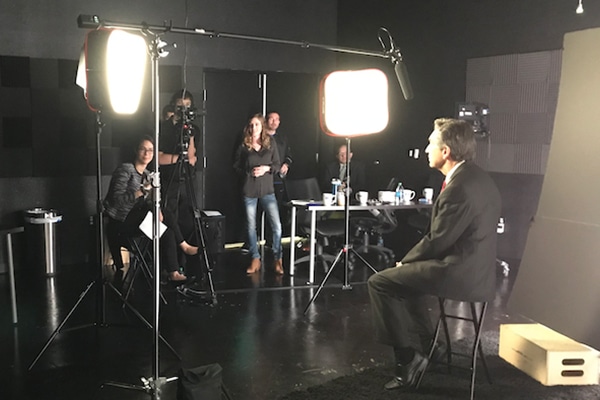When the 2008 financial crisis created unexpected opportunities, Kurush Mistry found himself drawn into the world of independent filmmaking through what initially appeared to be a straightforward investment opportunity. This seemingly passive financial venture quickly transformed into an immersive journey through the complexities of movie production, complicated further by his personal connection to the project through his partnership with the writer/director.
The film’s narrative centered on the lives of four South-Asian professionals in New York City, exploring the delicate balance between traditional values and modern dating culture. Through their stories, the movie examined cross-cultural relationships, the subtle persistence of urban dowry practices, and the challenges of maintaining work-life balance in a demanding urban environment.
As Kurush Mistry delved deeper into the production process, the project’s scope expanded significantly beyond its initial parameters. What began as an ultra-low-budget production backed by a small group of investors evolved into a more ambitious undertaking, requiring broader financial support from a network of generous friends and supporters. The team’s inexperience led to constant revisions of plans and budgets, creating a dynamic but challenging production environment.
The challenges faced during production tested Mistry’s adaptability and problem-solving skills. From managing last-minute location cancellations to navigating unexpected costs and SAG union disputes, each obstacle required quick thinking and creative solutions. His involvement grew to encompass various aspects of production, including budgeting, personnel management, dispute resolution, and even creative contributions through script revisions.
One of the most rewarding aspects of Kurush Mistry’s involvement came through his creative input. Recognizing that some dialogue needed to better reflect the maturity of the characters, he took on the task of rewriting portions of the script. A particularly memorable moment came during the filming of a relationship resolution scene he had co-written, where seeing his words brought to life by actors created an unexpectedly emotional connection to the creative process.

Despite achieving theatrical distribution across numerous U.S. venues, the film faced mixed critical reception and struggled commercially. Upon reflection, Mistry identified several factors that might have contributed to these challenges, including the absence of well-known stars and the need for a more comprehensive marketing strategy. The experience suggested that a gradual, word-of-mouth release approach might have better served the film’s interests.
Looking back, Mistry acknowledges several key lessons learned from the experience. The value of having experienced professionals in key production roles, particularly in producing and assistant directing positions, became evident. Understanding industry regulations and union requirements proved crucial, as did preparation for managing the inherent tensions between different production roles.
The experience pushed Mistry far beyond his structured corporate background, allowing him to explore unexpected creative avenues. Beyond script revisions, he even ventured into music composition, co-creating one of the film’s songs. While the journey proved challenging and occasionally frustrating, it offered invaluable lessons about flexibility, decision-making, and team management in an unstructured environment.
For others considering similar ventures into independent filmmaking, Kurush Mistry’s experience serves as both a cautionary tale and an inspiration. His advice emphasizes the importance of setting realistic expectations, appreciating intangible rewards, and maintaining an open mind throughout the process. While the commercial success proved elusive, the personal and creative growth achieved through the experience proved invaluable.













